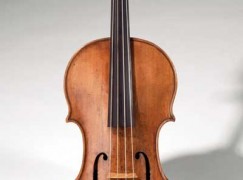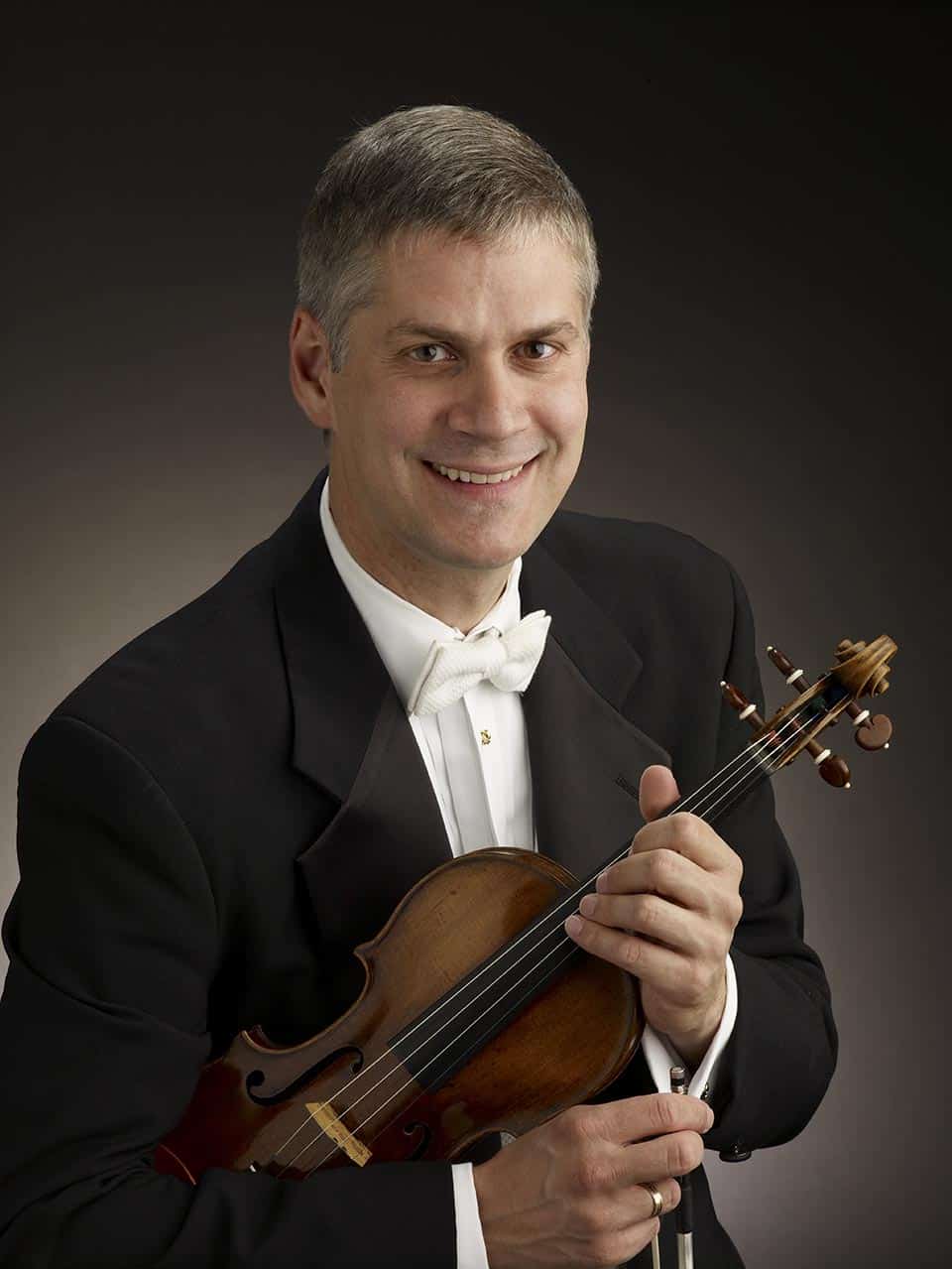Watch: Viola blows up in mid-concerto
mainThis is Paul Neubauer playing Mozart’s Sinfonia Concertante K364 with violinist Vadim Gluzman when ….
Sensitive instruments, violas.

This is Paul Neubauer playing Mozart’s Sinfonia Concertante K364 with violinist Vadim Gluzman when ….
Sensitive instruments, violas.
We hear that Stephen Rose, former head of…

There have been some irreparable losses. Germany mourned…

The steady departure of cherished professors at the…

The prolific international conductor Michael Tilson Thomas, diagnosed…

Session expired
Please log in again. The login page will open in a new tab. After logging in you can close it and return to this page.
Violas on auto-destruct …. https://www.youtube.com/watch?v=IyXdxfVPEds
For some explanation, Paul Neubauer usually performs this piece in scordatura, with the viola tuning all strings up a half-step. He always plays so beautifully.
Sadly this is not the first time such an event has been caught on video…of a violist:
https://youtu.be/Ys1PJjRLswM
I studied with Paul, and had a similar incident with this piece, also played scordatura. Thankfully, it happened while practicing, and not in performance!
The “some explanation” is that this was the way Mozart envisioned the piece being performed. In the score, the viola part appears in D major; if the soloist tunes up a half step, the open D string will sound as E flat, and presto, you have all the benefit of the extra resonance from playing in a key that employs lots of open strings, but you’re still actually producing the key of E flat major. Burton Fine, of the Boston Symphony, famously had a viola that he kept tuned up a half step that he only used for the Concertante. One who is going to try this today had better choose strings that are on the low end of the spectrum with respect to the degree of internal tension!
Would tuning up one half step actually add that much tension and cause this to happen?
frequency of a vibrating string varies with the square root of the tension. A semitone scordatura from A to B-flat gives the ratio of 466:440 in frequency, and squaring we end up with about 1.12, or 12% higher tension for the string. Probably there was some sort of defect in the tailpiece, as most of us who use the scordatura do not have our tailpieces fail.
Some other pieces that involve scordatura (whether or not it is typically performed that way today – the Mozart is not):
Mahler 4: concertmaster has a solo part for the 2nd movement involving a whole tone scordatura, but also has solo passages in standard tuning with insufficient time to adjust tuning, so two violins are used
Paganini 1st concerto was written like the solo viola part in the Mozart. Violin part written in D major with semitone scordatura and orchestra parts in E-flat major. Nowadays almost always done in D major with ordinary tuning, and orchestra parts transposed to D major. Massimo Quarta did record it with the scordatura and Paganini’s violin.
Saint-Saens Danse Macabre has the solo violin tune the E string a semitone flat to produce an open string tritone double-stop.
Paganini Variations on a theme from Rossini’s opera Moses calls for not only a scordatura, but playing the entire piece on the G string (which is tuned to a B-flat!). The uncovered gut strings used in his day were easy to break, and apparently he liked to further dazzle his audience by first breaking the E string, then A and D, while continuing to perform. The tension on the G string tuned to B-flat is about 40% higher (though unlike the Mozart, one doesn’t have to crank up all 4 strings).
Schumann’s piano quartet has the cello take advantage of a long rest in the 3rd movement to drop the pitch on the C string to a B-flat to enable a closing octave on that B-flat at the end of the movement.
Richard Strauss has the 2nd violins tune down to a G-flat for a stretch in Ein Heldenleben. There’s also an anecdote about Strauss telling some violins to play open G (in a rapid passage) but concentrating mentally on producing an F 🙂
There are others, but these are my favorites.
They weren’t playing HIP instruments. The Revenge of Mozart!
Bingo!
The level of string tension on period(-style) instruments is lower.
There’s nothing “hip” about “HIP” instruments. What ignorance the HIP movement has spawned. It is destroyed classical music performance.
And yet classical music is still being performed!
On period and modern instruments both!
Imagine that.
Related to the scordatura tuning for the SC, I’ve often wondered about Mozart’s 1st Violin Concerto in B-flat major. Tuning up a half step and fingering in A would make the piece more accommodating, while giving more brilliance and sounding in B-flat. Any thoughts on this?
You’d lose thereby the low A-flat and G on the g string. While they are infrequently employed they are essential to the shapes of the phrases where they are used. Mozart, we’d all agree, had some of the best ears ever and we should be careful second guessing him. Perhaps he was not after our conception of brilliance. After all, during his time mellower sounding Stainer violins were preferred to the more strident sounds produced by flatter-arched Italian models, such as Strads. It is in reassessing such sonic judgments that the HIP movement has had its most beneficial influences.
Here’s a rview of the performance:
http://chicagoclassicalreview.com/2017/06/a-viola-mishap-apart-north-shore-chamber-fest-ends-in-style-with-mozart/